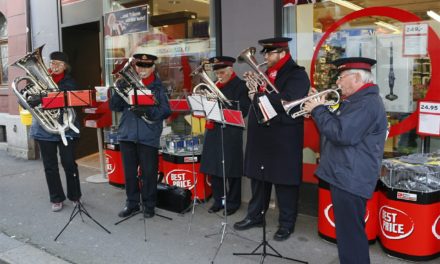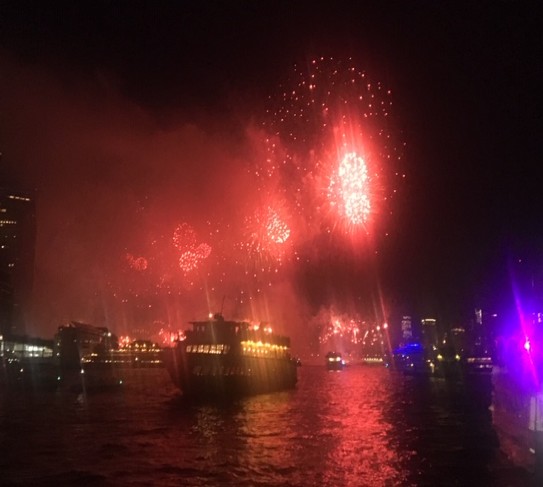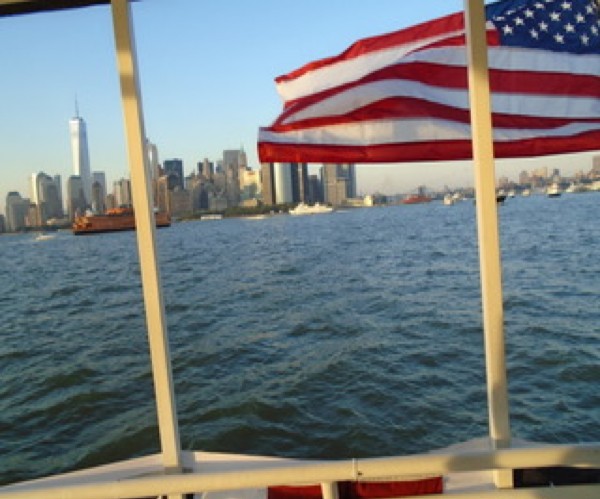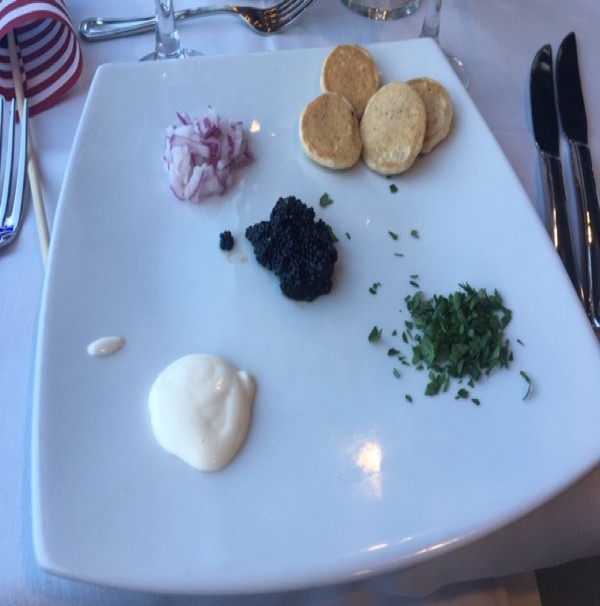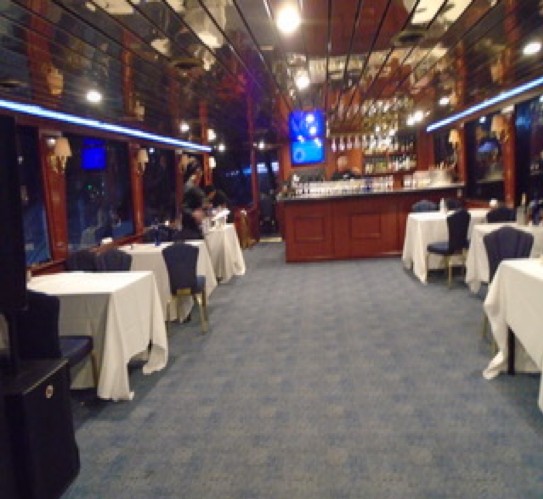
Discover Macedonia
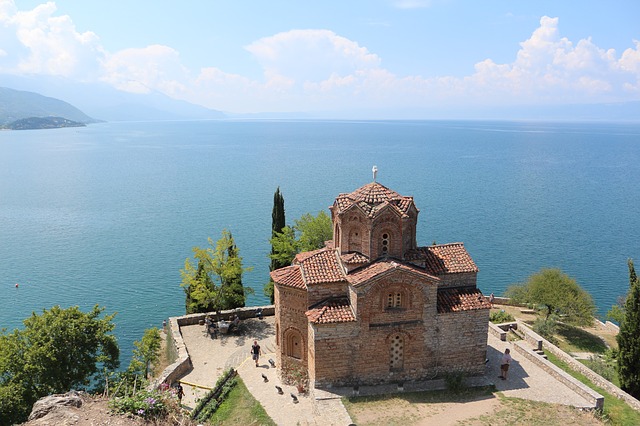
Republic of Macedonia,an independent nation since 1991, is a composite of ethnic roots; Roman, Byzantine,Ottoman, with a heavy dose of Serbian, Bulgarian and Greek influences. The people are Slavic. Located in the Balkan peninsula in Southeast Europe, it is one of the smallest countries on the planet,and one of the poorest, measuring 25,300 sq.mi. Its capital, Skopje holds one-quarter of the nation’s native population of only 2.3 million. The majority of the residents are ethnic Macedonians along with Albanians, Turks, Romani, Serbs, Bulgarians, et.al. The region itself dates back to antiquity under the kingdom of Paeonia, a mixed Thraco-Illyrian sect. Officially settled in 336 BC by the Persians under Alexander III, after the conquest of Greece, then by the Romans under the Caesars in the second century BC until the fifth century, then by Emperor Constantine in the fifth century whene Christianity was first introduced until the invasions by the Bulgars, Byzantine and Serbian empires in the seventh and eight centuries until the takeover by the Ottoman rulers in the 14th century, until the early 20th century when it was incorporated into the Kingdom of Yugoslavia, which was established as a republic in 1945, and as the Socialist Federal Republic of Yugoslavia in 1963. Macedonia became an independent state in 1991.It is now a member of the United Nations and the Council of Europe. It is presently seeking membership in the European Union and NATO.
Macedonia, however, is rich in traditions. Its economy is currently leaning on Tourism and Trade. Culturally, Macedonia exceeds in the Arts with major museums and exhibitions held each year. May of the Bones, the Holocaust Memorial, the Tose Proeski Memorial and the Icon Gallery in Ohrid are the most frequented. Included are the Old Jewish Quarter in Skopje and the Millennium Cross Church of St. Panteleimon. Find ancient ruins in Heraclea, Stobi and the Stone Town in Kublica. Travel to the lake country and visit Lake Matka, Lake Mavrovo, Lake Ohrid, and the Vevchani Springs. Or ride out to the oldest Slavic monastery in the Balkans, a region festooned with more than 800 Byzantine monuments and the First Slavic university in the Balkans, or the world heritage site of the Ohrid region, designated in 1979 and one of Europe’s oldest settlements. The Ohrid Summer Festival, for one, presents classical music and drama; the Struga Poetry Evenings, another, gathers poets from more than 50 countries each year while the International Camera Festival in Bitola, the Open Youth Theatre, and the Skopje jazz festivals are the most popular. The Macedonian Opera company has been an ongoing tradition since 1947 while the May Opera Evenings held in Skopje for 20 consecutive nights is a tradition.In terms of sites, Ottoman architecture is widespread in the region while Byzantine fresco/ paintings, mainly from the 11th to 16th centuries are found in the major centers.The Macedonian School of Ecclesiastical Painting is an evident source.In brief, Macedonia is rich in cultural heritage, in Art, Architecture, Poetry, and Music. Its cuisine, another sidebar, is mostly Balkan, a blend of Mediterranean, Greek, Turkish, Italian, German,even Hungarian styles.It is particularly diverse. Some of the daily dishes include Sopska, a popular salad served in most every meal. It’s made up of numerous fresh vegetables and garnishes and served with local olive oil house-made vinegar. Mandza is also a favorite. This macaroni stew can be paired with Bakes Zucchini, a pie, Chicken Curry, Garlic Makalo, Posna Sarma, a swiss chard dish or Macedonian Moussaka. Tavce and Masika are the national dishes of the country, however.Dairy products are usually served at every meal while Macedonian wines and beer known as Rakija are sold throughout. Wines include Merlot, Cabernet Sauvignon, Pinot Noir, and Syrah.
For more on Macedonia call their consulate offices in the U.S. and Europe.
In New York: cg.newyork@mfa.gov.mk

Michael Zufolo, reporting

